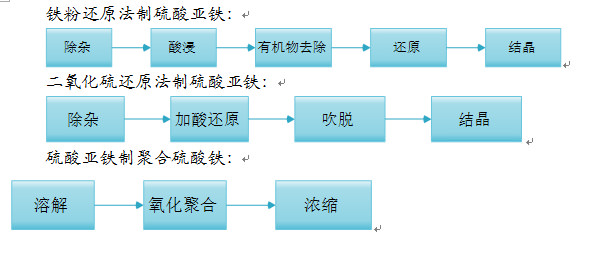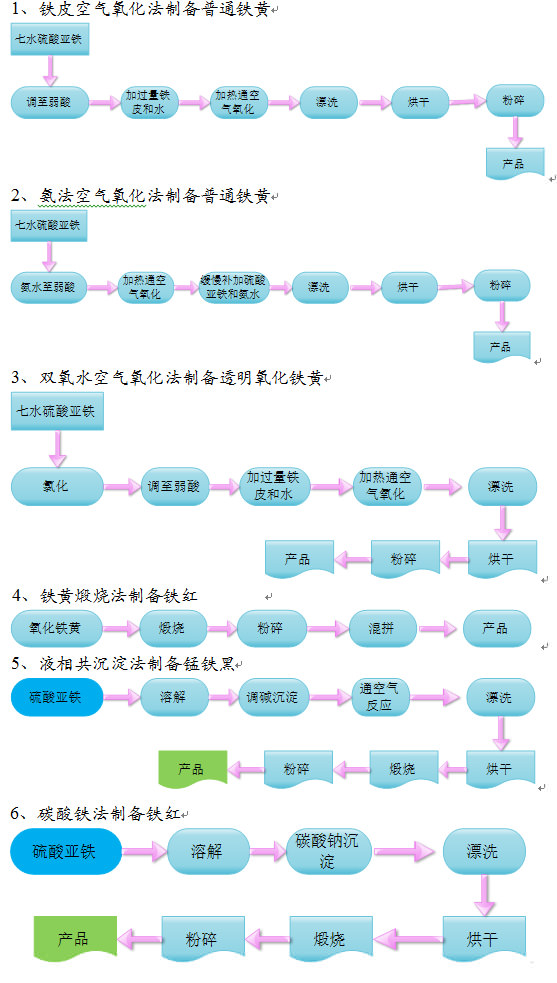The Qiheng ECO Technology Co. Ltd is a subsidiary of the Qecote Co. Ltd. It’s a company with significant capabilities in industrial solid waste and hazardous waste treatment, insisting industrial solid waste resourcing as its core competitive force. It’s also a high-tech enterprise integrated with research and development, operational management and technical service. In the future, the company will continue to uphold the core values of resource recovery, sustainable innovation and oriented design, to create superior values for all enterprises, and to become a leader with scientific management, leading technology, high market recognition and sense of social responsibility in environmental protection.







